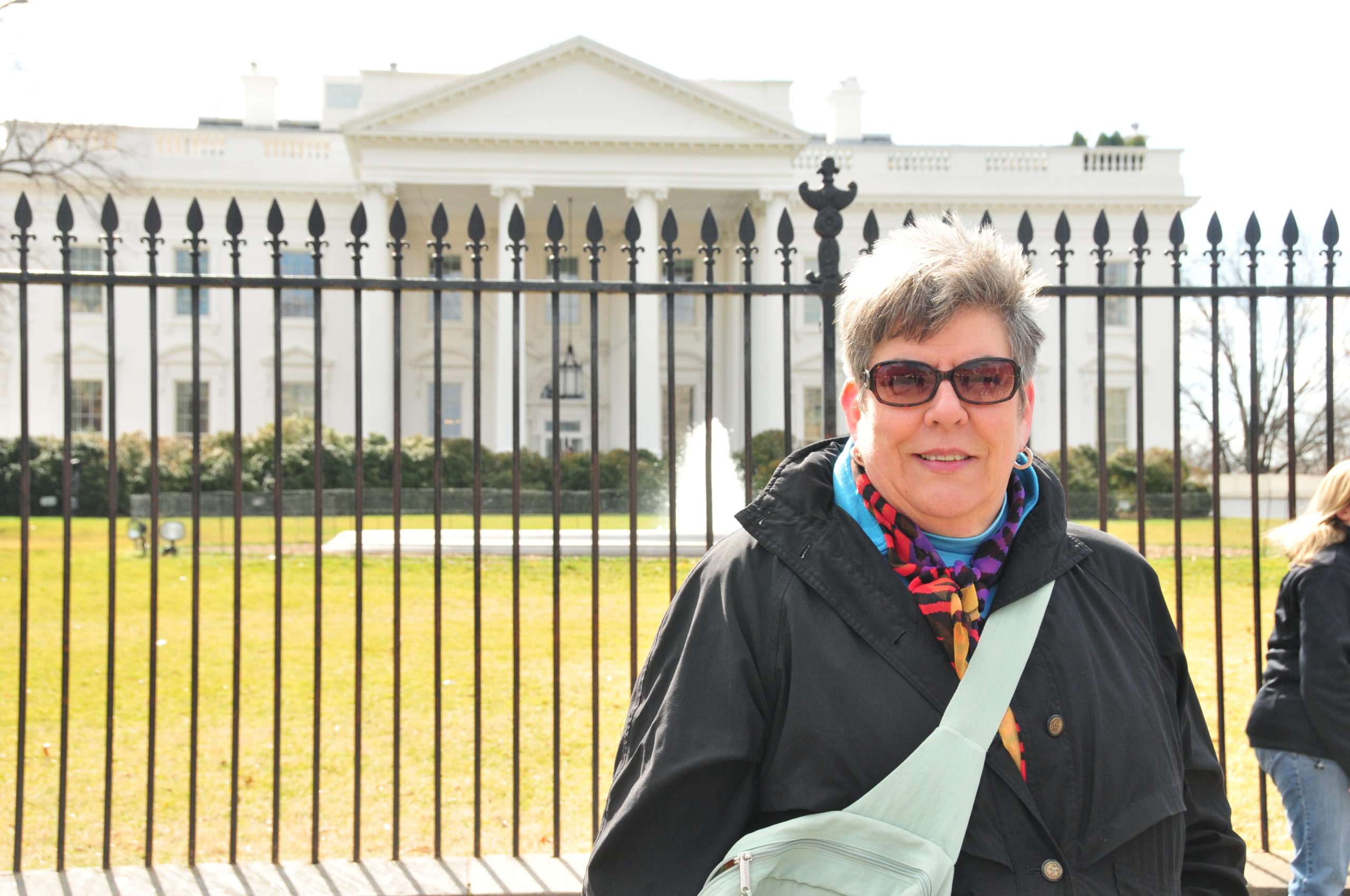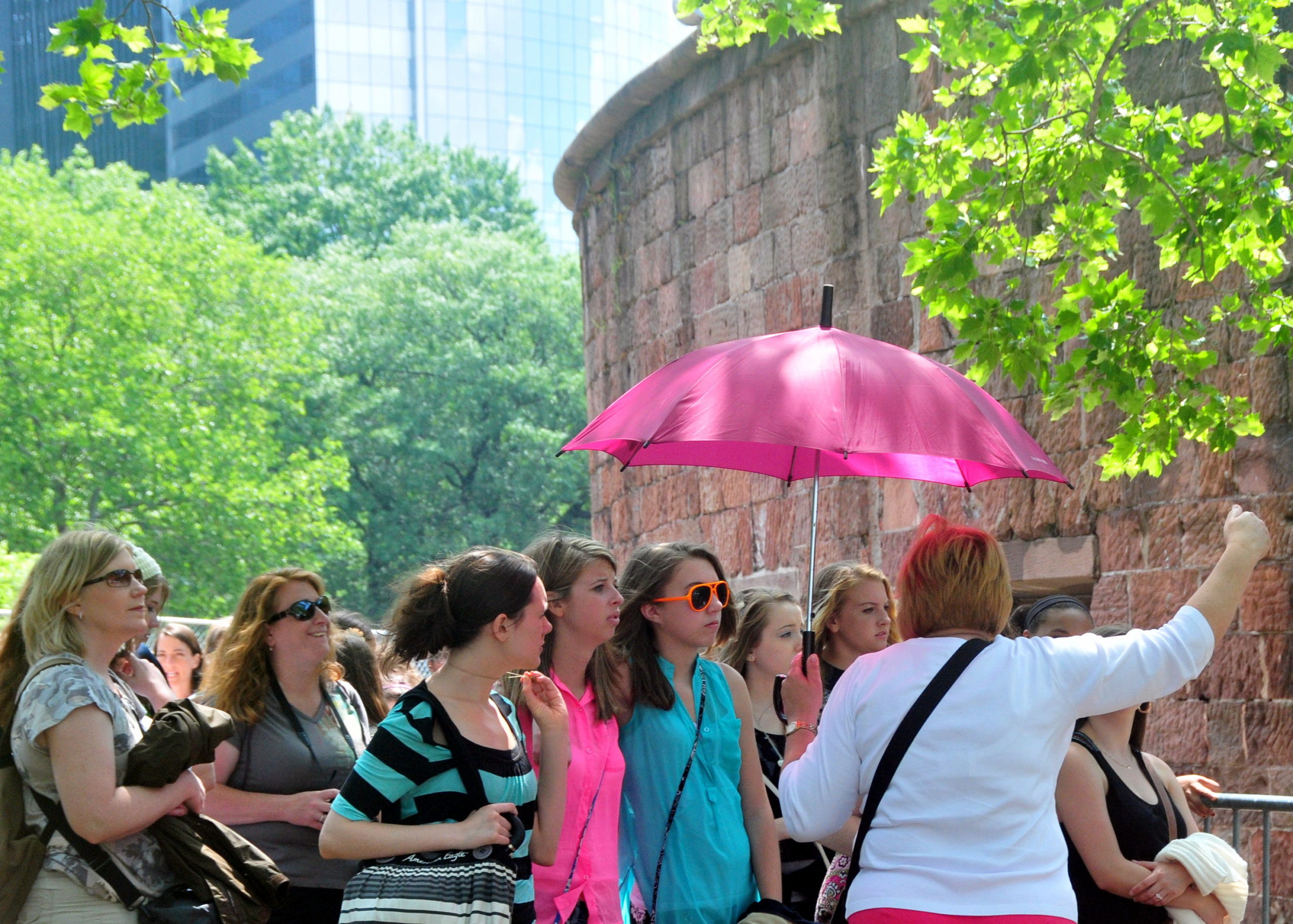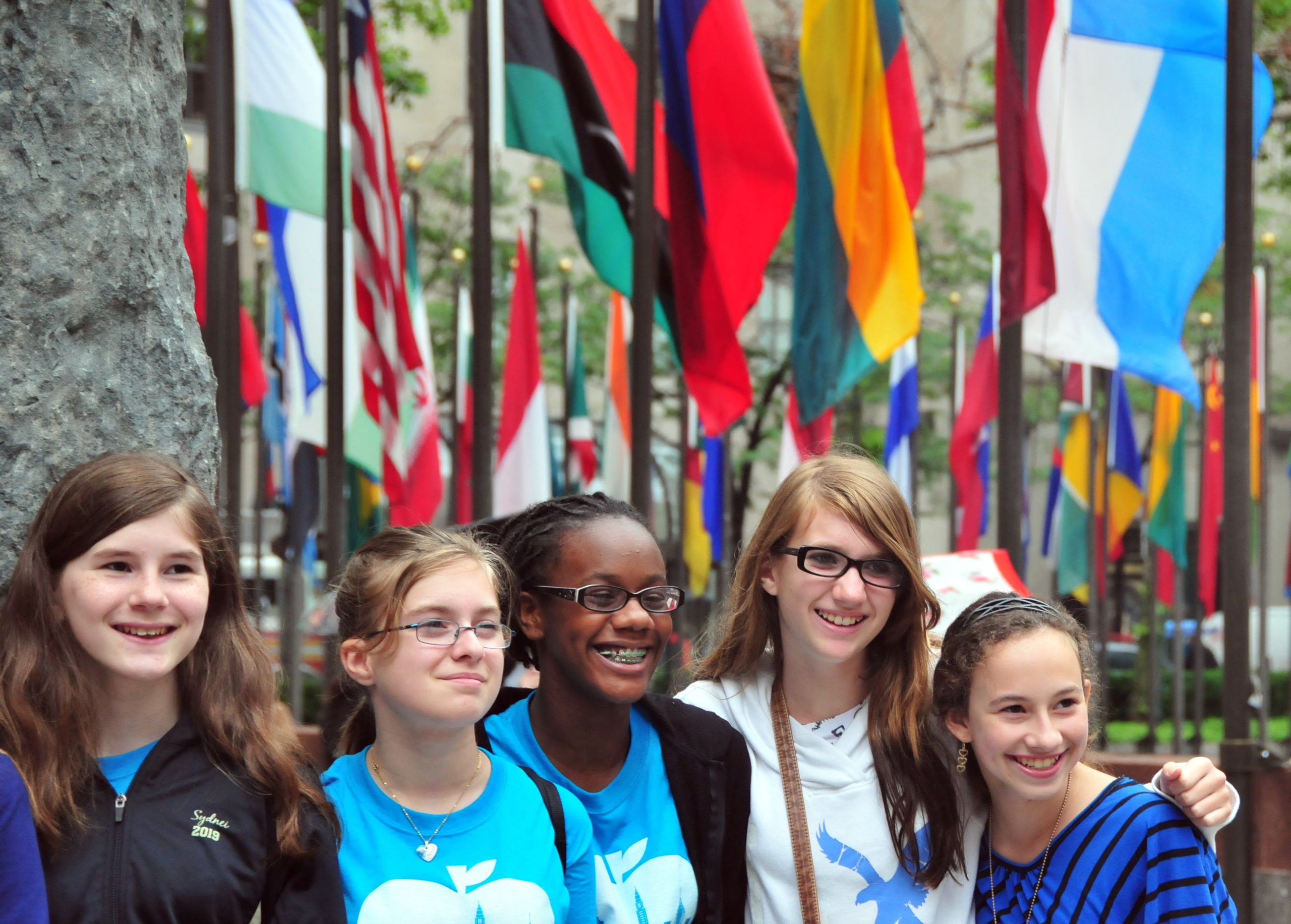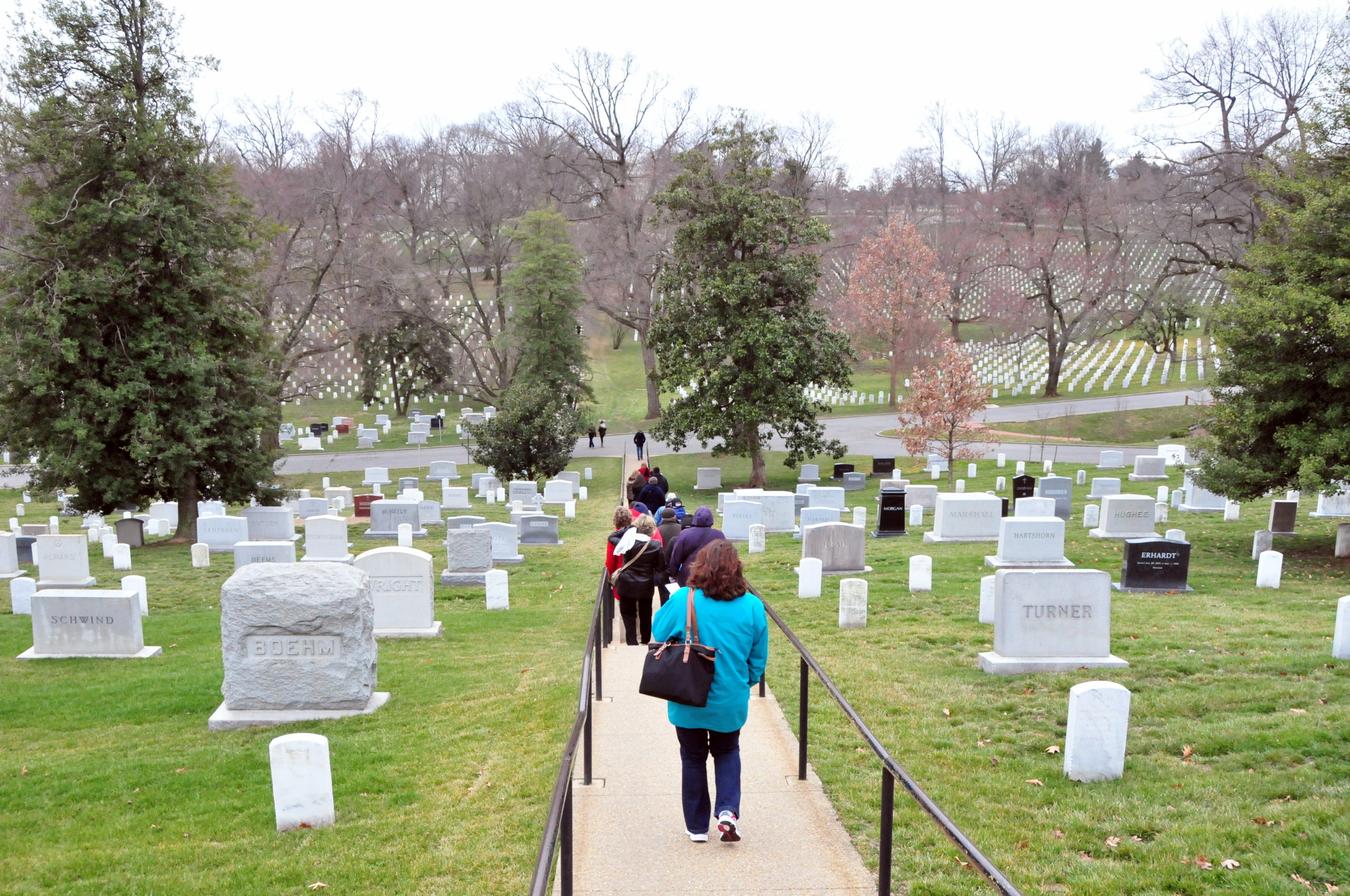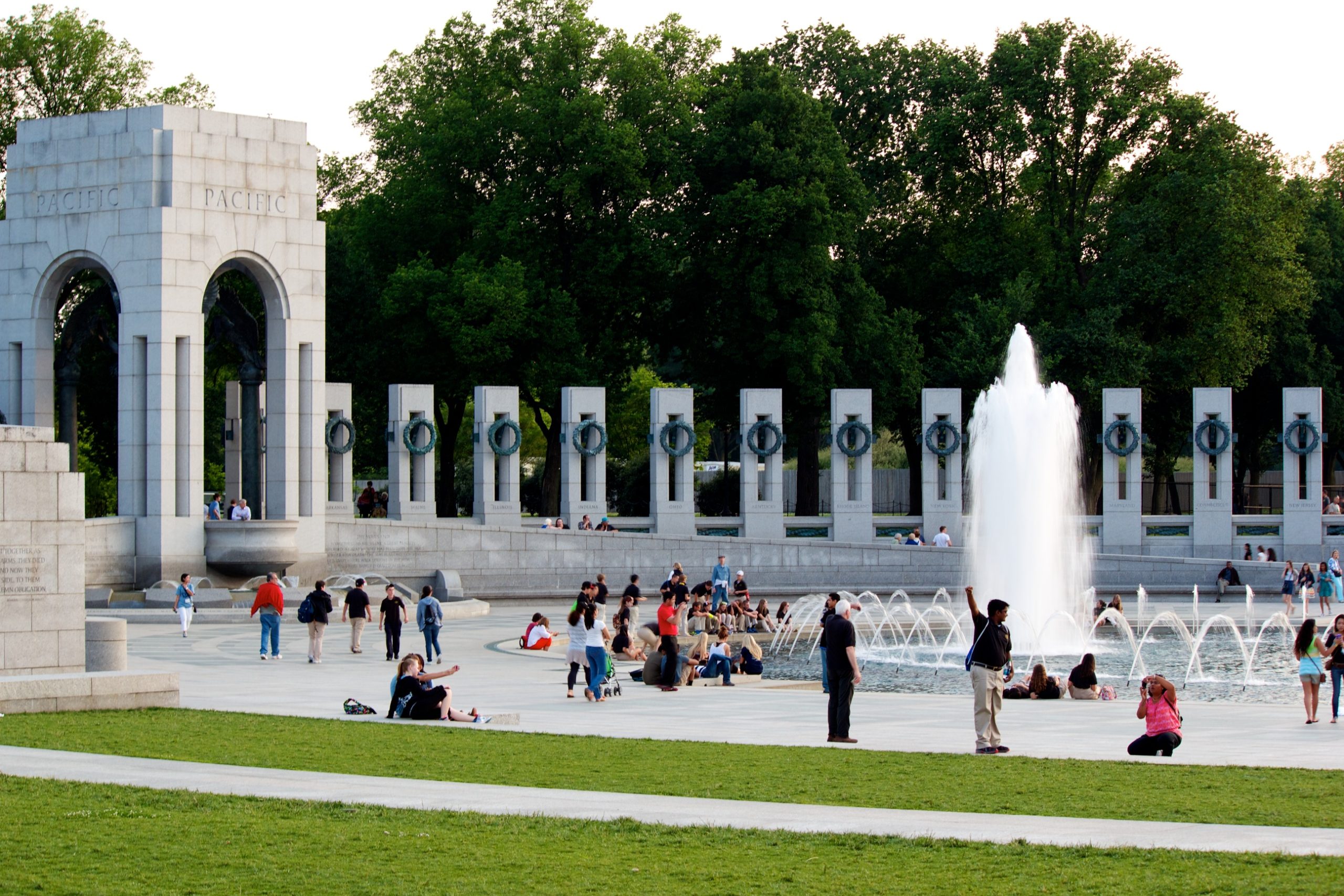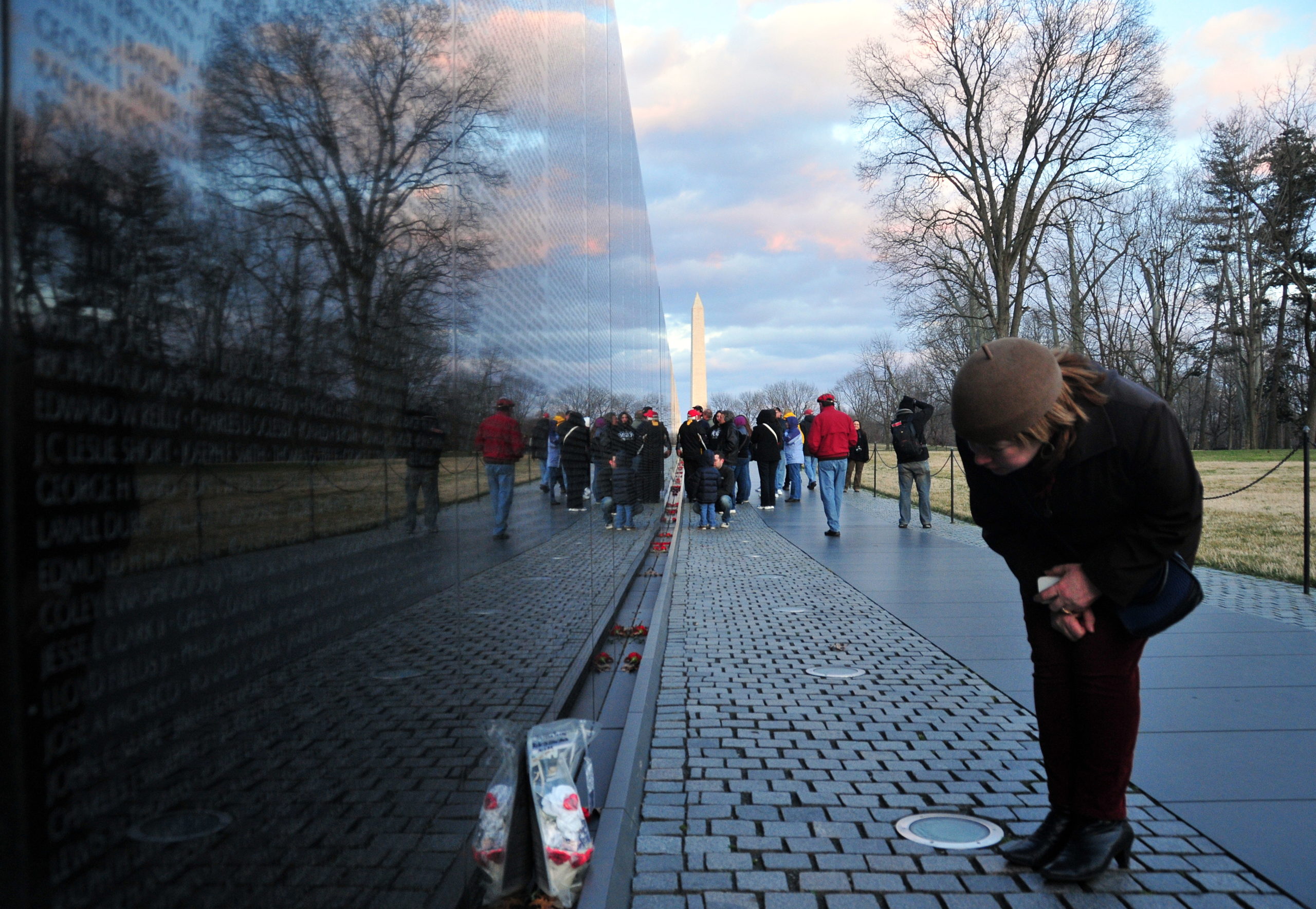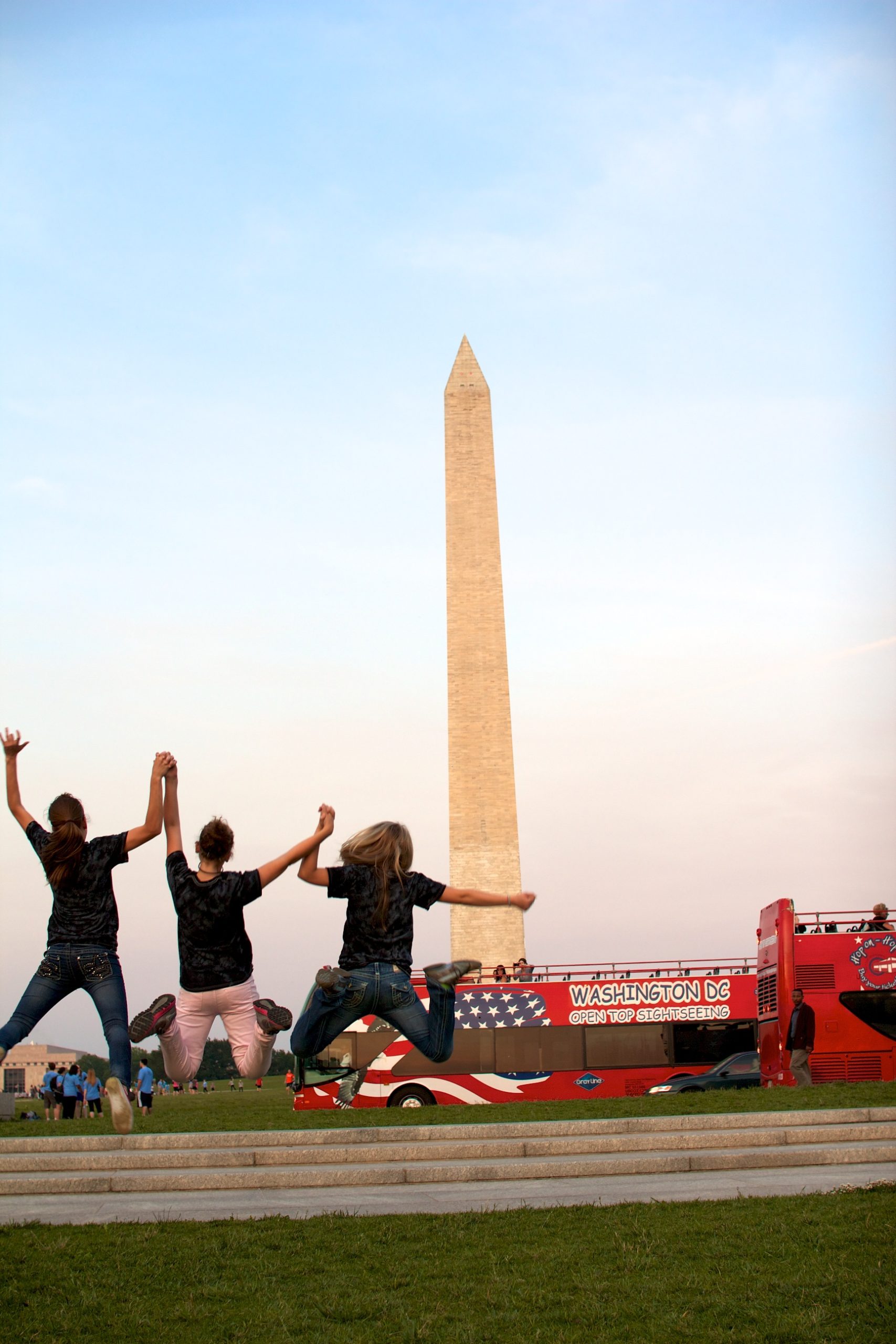The Role of an Assistant Tour Leader
As an Assistant Tour Leader, you are in charge of your own bus. Your attitude, teamwork, and leadership ensures that the trip flows smoothly and that the expectations of the group leader are exceeded.
The Job
It’s most likely that you will do your first work for Scholastica Travel as an Assistant Tour Leader. As an assistant, you will have the opportunity to work with group travel veterans from across the East Coast. You will be able to grow in experience, learn, and observe before stepping into the role of Primary Tour Leader for Scholastica Travel Inc.
Assistant tour leaders report directly to the primary tour leader for instructions, timing, etc.
As the assistant tour leader:
- You are in charge of your own bus (commentary, navigation, etc.)
- You work as a unified team with the primary tour leader to make the trip run smoothly
- You get to know your Bus Leader and Bus Driver and keep them informed of any changes or updates.
- Keep your bus organized, on time, and having fun!
Before the Trip
What you do before the trip has as much bearing on the success of the tour as any other component. If you take the time to be prepared, you’ll increase your chances of a successful tour. Keep the phrase “If you fail to plan, you plan to fail” in mind. Think of being a tour leader as being on stage. You are there to inform, befriend, and entertain your audience – you become the star.
Pre-tour preparation is essential for a successful trip. Before departure, assistant tour leaders:
- Analyze the final itinerary.
- Effectively communicate with the primary tour leader.
- Prepare outstanding commentary.
- Prepare physically and pack accordingly.
1. Analyze the Final Itinerary
- Review and get to know the final itinerary. It may have changed since you accepted the assignment.
- Take out a map and decide which route you would need to take to get from place to place. Do not rely on the motorcoach driver to know the directions. A professional tour leader considers navigation their responsibility.
- Estimate distances and driving time. Keep maps close at hand.
- Be aware of things that will slow you down, including security, crowds, traffic, stragglers. Have an alternate plan.
- Know the hours of operation of places you will be visiting. Have their addresses and phone numbers handy.
- Know what can be arranged, what is scheduled, and what is not scheduled.
- Remember: The primary tour leader is in charge of any changes or adjustments to the itinerary. As an assistant, it is good practice to think of what you would do if a situation came up and you were the primary tour leader. What “fillers” would you recommend? What would you suggest if the weather doesn’t cooperate, the group runs out of steam, etc? Can you be flexible? If you have any suggestions, talk to the primary tour leader in private, DO NOT make any suggestions to the group, that is the Primary’s responsibility.
2. Effectively Communicate with the Primary Tour Leader
When the primary tour leader calls you before the trip,
- Review the itinerary and ask questions about any place that is unfamiliar to you.
- Confirm where you will meet the bus and at what time.
- Get names and contact numbers (if available) for group leader, your bus leader, motorcoach drivers, etc.
- Ask questions about the group. Learn the age group, their background, their travel history, etc.
3. Prepare Outstanding Commentary
- Do your homework – prepare, prepare, prepare.
- Remember that you are the expert! You are expected to know what you are talking about. Prepare accordingly.
- Learn about every site that you will be visiting. Make sure your commentary is age appropriate.
- Analyze your audience. Determine their age, attention span, etc.
- Build your commentary from many sources of information.
- Visit the websites of each attraction. Take their virtual tours. Review the highlights of the location. Study the architecture and history of the building. See if they have a smartphone app.
- Read the site brochures and museum guides.
- Check the visitor bureau’s website.
- Talk with other tour leaders and learn their stories.
- Talk with park rangers.
Organize your commentary for best results.
1. Develop a strong opening to attract interest.
- Use a catchy “headline”
- Try a startling question
- Issue a challenging statement
- Use a quotation, illustration, story or analogy
- Get the audience involved i.e. point to something on a building
- Use attention getting generalizations that ties in with your subject
2. Give them the facts
- Be specific and accurate.
- The amount of information will be limited to the amount of time you have and the interest of the group.
3. Then, tell a story.
- Rule of Thumb for tour leaders just starting is to give 3 to 5 facts and tell a story.
- Facts will be remembered for a brief period unless tied to an interesting story or illustration.
4. Engage the students. Give them something to look for, ask them questions, make them think, make it fun!
5. Closing your presentation
- Your audience always remembers best what it hears last.
- Your closing should be emotional, energizing, create anticipation, excitement or involve the audience.
- A good closing should reinforce your ideas and leave your listeners feeling something.
- Ideas for good closings:
- If the objective was to inform, conclude with a summary of the ideas by asking questions of the audience.
- If the objective was to get them excited, suggest a course of action, assign them a task.
- Finish with a story or illustration that emphasizes the point you are making.
- Finish with a rhetorical question.
4. Prepare Physically and Pack Accordingly.
Prepare Physically – Most cities are best seen by foot. Walk everyday to build your stamina.
Pack Accordingly – Be prepared for every practical eventuality. Did you bring an umbrella, sun glasses, sunscreen, jacket, etc?
The Day of the Trip
- Arrive early at the departure point or meeting place for an en route pick-up. Allow enough time to drive and park. Be there early and don’t panic if the group is late. Stay at the meeting place until they arrive.
- Go over last minute updates with the primary tour leader. Know where and when your first stop will be so you can keep your group informed. Have necessary confirmations, meal vouchers, cash, etc. ready.
- Focus on beginning your trip in a friendly way. Laughter and humor can break the ice.
- Meet and shake hands with every student on the bus. This is a great activity to get going about ½ hour into the trip – after you’ve had an opportunity to begin getting to know the adult leaders on your bus. Talk to the students about what they are excited to see, where they’ve traveled to, whether they have any pets, what they enjoy doing, the music they’re listening to, or the books or magazines they are reading. Do everything you can to establish a bond with each student. It will work with almost all of them.
- Even though they will want you to – don’t start a movie too soon. Spend a little time getting to know everyone and let them know, through this very subtle manner, who is in charge. Don’t be bossy or pushy, but lead confidently through example.
- After you have concluded your introductions, use the PA system and get the group involved in a discussion. “How many of you have been to Washington before?” or “Who’s happy to be out of school for a few days?” Start to lead the group as soon as you get on the bus; they’ll look to you for expertise – don’t disappoint them. What you do in the first ten minutes you’re on the bus will set the tone for the balance of the tour.
- Begin to build trust and confidence with the group as soon as you meet them. Form relationships with:
- Group Leader
- Group
- Chaperone
- Bus Driver
- Suppliers
- Colleagues
- Company
- Analyze the group. Are they structured, laid back, easy going? What’s important to them?
Remember:
- Always present a unified front with the primary tour leader. Be aware that, despite every effort to do so, you may not always understand a decision made by the group leader and the primary tour leader. Always support and re-affirm the validity of their decisions. If you have a question or disagreement with a decision always discuss it in private, away from the group.
- Never tell a group this is your first visit or that you are unfamiliar with an area. They will lose confidence in your ability. Knowledge and preparation equal confidence. Feel confident that you have prepared and visualize yourself with success.
- As an assistant tour leader, you are the eternal optimist. Regardless of what you know from experience, chance or hearsay, when you are with this group, on this tour, they are going to be visiting the best restaurants, the best hotels and the best sites you’ve ever been to.
- Regardless of how many times you have visited an attraction, your enthusiasm and excitement will set the tone for the group. For most of them, it may be their first (and only) visit. Don’t fall victim to saying, “I’ve been here so many times, I’m not going in.”
- Think about what you would expect if you were the customer – and then do everything possible to surprise yourself. Be creative in going beyond the expectations of your group.
- Jump in and be a part of the group. Get Involved! A leader will take an active role in keeping the tour moving. Helping with loading luggage, stowing overhead bags and a prompt safety discussion when underway will show that you care about the group and are willing to go beyond their expectations.
- Be aware of tiredness. Even if you are exhausted, give the extra effort to be “up” and “exciting”.
During the Trip
Bus Communication
- Decide where to safely position yourself. Always be holding on to something stable. If possible, face the group and maintain a line of site. This will engage student’s attention and participation.
- Time commentary to speed and traffic.
- When pointing out something, be very specific
- Build anticipation in your commentary. Let the excitement shine through in your voice and expression.
- Before exiting the bus:
- Establish a specific meeting time and place (other than the bus). Make sure that you have the cell phone numbers of your driver, group leader, assistants, etc before stepping off of the bus.
- If the bus leader permits, set up “Remind” to assist in reminders and last minute announcements.
- Advise the students to travel light.
Walking Tour Communication
- Be prepared for outside interferences, crowds, noise, airplanes, traffic, etc,. and plan stopping points accordingly.
- Wait until all of the group is around you before speaking. Make sure that you can be seen and heard. Projecting your voice is critical.
- When walking between sites, stay to the right on side walks and walk 2 x 2. Obey traffic signals and only cross at crosswalks.
- Keep your group together. Be wary of stragglers and encourage chaperones to assist in keeping the group together.
- Be respectful of other tour groups and buses.
Site Communication
- Deliver consistent information to your bus. Between each stop, if possible, ask the primary tour leader what they will tell their group regarding the next stop. You’ll learn from it and you’ll provide similar information to both groups.
- Know the rules and regulations of each site.
- Where do groups enter and exit?
- Are photographs allowed?
- Where are the restrooms?
- Is there a gift shop?
- Where are the wheelchair accessible entrances?
- What is allowed to be taken in?
- Is there security? What should be expected?
- Do adults need photo ID?
- If you don’t know – ASK!
- At outdoor sites, communicate a meeting place and time if applicable. Keep the group together and share the sidewalks. Be respectful of other guests and control the noise of the group.
- At indoor sites, communicate to the group what to expect. Explain the procedure for security and what items are not allowed. Tell students if photographs are permitted. Always communicate a specific meeting time and place.
- Physically walk students to meeting place if possible.
Energizing a Drowsy Group
- Get off of the motorcoach and get the students moving and involved.
- Have a less structured stops (run in an open space, play a game, scavenger hunt, etc).
- Plan some fun activities.
- Be flexible and change your delivery.
Hotel Communication
As an assistant, your main job at the hotel is to be available. The group leader and the primary tour leader will direct the check-in procedure.
Prior to arriving at the hotel, ask the primary tour leader what they will be telling their group before they unload. Ask them how they will handle the check-in and unloading.
Before unloading the bus, be sure everyone knows:
- Entry Instructions – where luggage will be and where to enter hotel.
- Lights out time
- Wake up call time
- Breakfast – where and what time
- Departure time – when they need to be on the bus and ready to depart
- Appropriate attire for weather (sun glasses, rain coats, etc)
- Necessary supplies (cameras, water, sun screen, etc)
Then,
- Remind the group to stay quiet while entering the hotel
- Thank them for a great day!
- Send out a text message with this information using “Remind”.
Remember:
During the check in, if you see something that needs to be done – do it! The customer will remember a smooth check in. Don’t hide in your room. As soon as the group is in their rooms, check and see who needs assistance. Be available to answer questions and assist chaperones. Be seen & be effective! Assist your Primary Tour Leader in any way possible.
After the Trip
On the Way Home
- Circulate through the bus and talk with the students. If they are interested, you may try a trivia game or other group game. Try and co-ordinate you efforts with the assistant tour leaders, so it will not appear as though your portion of the group is receiving different or preferential service.
- Ask the bus leader how they think the trip went. Would they change anything? When you return, talk to the Primary Tour Leader. Ask them how they feel the trip went. Inform them of any feedback you received from your bus.
- Return any unused vouchers, cash, tickets, etc to your Primary Tour Leader.
After the Trip
- Report any issues encountered to the office so we have a heads up before we talk to the group leader.
- Let us know of any special services or attention you may have received from our vendors so we can thank them appropriately.
- Submit your invoice within 30 days to receive payment for your services.
